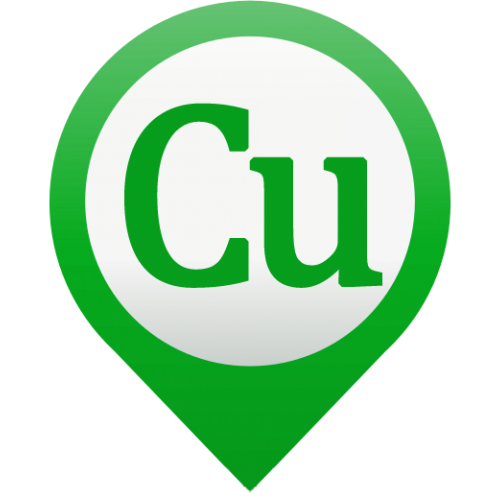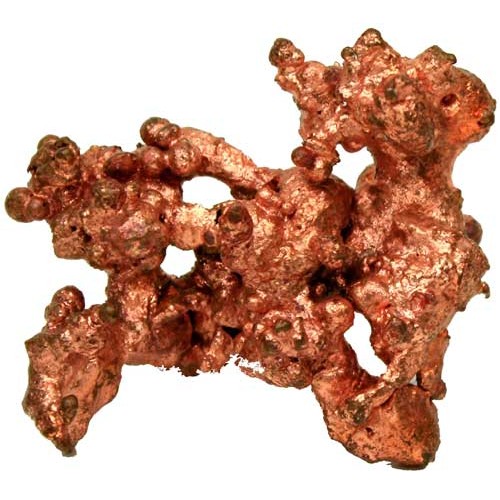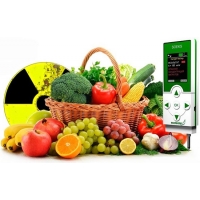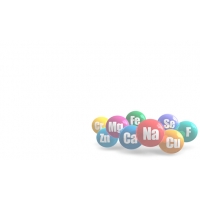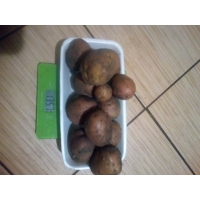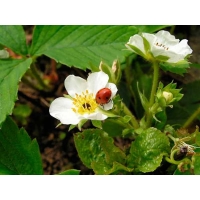Copper (Cu) is an important trace element that is part of the enzymes and a complex of compounds with organic substances
Copper (Cu) is an important trace element that is part of the enzymes (polyphenol oxidase, plastocyanin, superoxide dismutase, cytochrome oxidase, diaminoxidase) and a complex of compounds with organic substances that perform vital functions for metabolism (protein, carbohydrates biosynthesis, protein cell walls metabolism etc.), increases the intensity of the processes of photosynthesis, respiration, the functioning of the conducting tissue (xylem), participates in the nitrogen fixation and recovery, affects the formation of DNA and RNA, the growth and development of plants' organs, in particular, reproductive; contributes to the accumulation of nutrients (for grain crops – protein, for root tubers – starch, for root crops – sugar, for oil-plants – fats, for fruits – ascorbic acid, sugars); increases yields, enhances frost and drought resistance, and for cereals contributes to the formation of resistance to lodging, increases plants' resistance to stress factors (drought, temperature changes), diseases (fungal, viral).
Copper deficiency: when the amount of copper is insufficient, the agricultural plants reproductive and storage organs initiation slows down (less pollen grains are formed, which can cause infertility of spores); it leads to the death of stains, chlorosises, changes in leaves color (light spots, flavescence, brown tint), to the formation of white spots on the edges, the leaves twist and die, to the weak formation of seeds (for cereals – blind-seed disease of spikelet); the process of photosynthesis slows down, that leads to a decrease or stopping of the growth of vegetative organs (root systems, new sprigs, buds dying (particularly apical), wilting of terminal leaves); loss of turgor by the cell.
Abuse of copper nutrition: the high concentration of copper in the soil causes the toxic effects on the plant, in this case the growth and development are slowed down, brownish black spots appear on the lower part of the leaves, which leads to the dieback of leaf areas, causes hypersensitivity to diseases, contributes to iron deficiency increase.
Copper interinfluence with other elements
| Antagonists (overbalance of one triggers a deficiency of another element) | Synergist (improve mutual properties of each other) | Block the each other interaction (it is not recommended to combine together) |
| Fe (iron), Mo (molybdenum) | - | Ca (calcium) |
List of articles for the category from the blog Minor-nutrient elements
Articles list
Ukraine has an agrarian orientation of the economy and, in the modern context, one of the most perspective areas for agriculture is the use of organic products, based on the application of purely natural components, that the company AGRO.BIO manufactures and offers – concentrated liquid POTASSIC HUMATE, which helps to restore the natural components of the main active environment – the soil – rationally and effectively.
The soil environment does not always contain the enough amounts of nutrients necessary for plant growth and development, but this disadvantage can be improved by additional fertilization, in particular with POTASSIC HUMATE BALLASTLESS made of LEONARDITE produced by AGRO.BIO. It is an ecologically safe multi-nutrient fertilizer and growth stimulator of organic origin for agricultural plants promoting the increase of soil fertility.
In order to make it easier for you to get an understanding of our products, the articles about potassium humate and multicomplexes are uploaded below.
 English
English Українська
Українська Русский
Русский Espanol
Espanol French
French عربي
عربي
